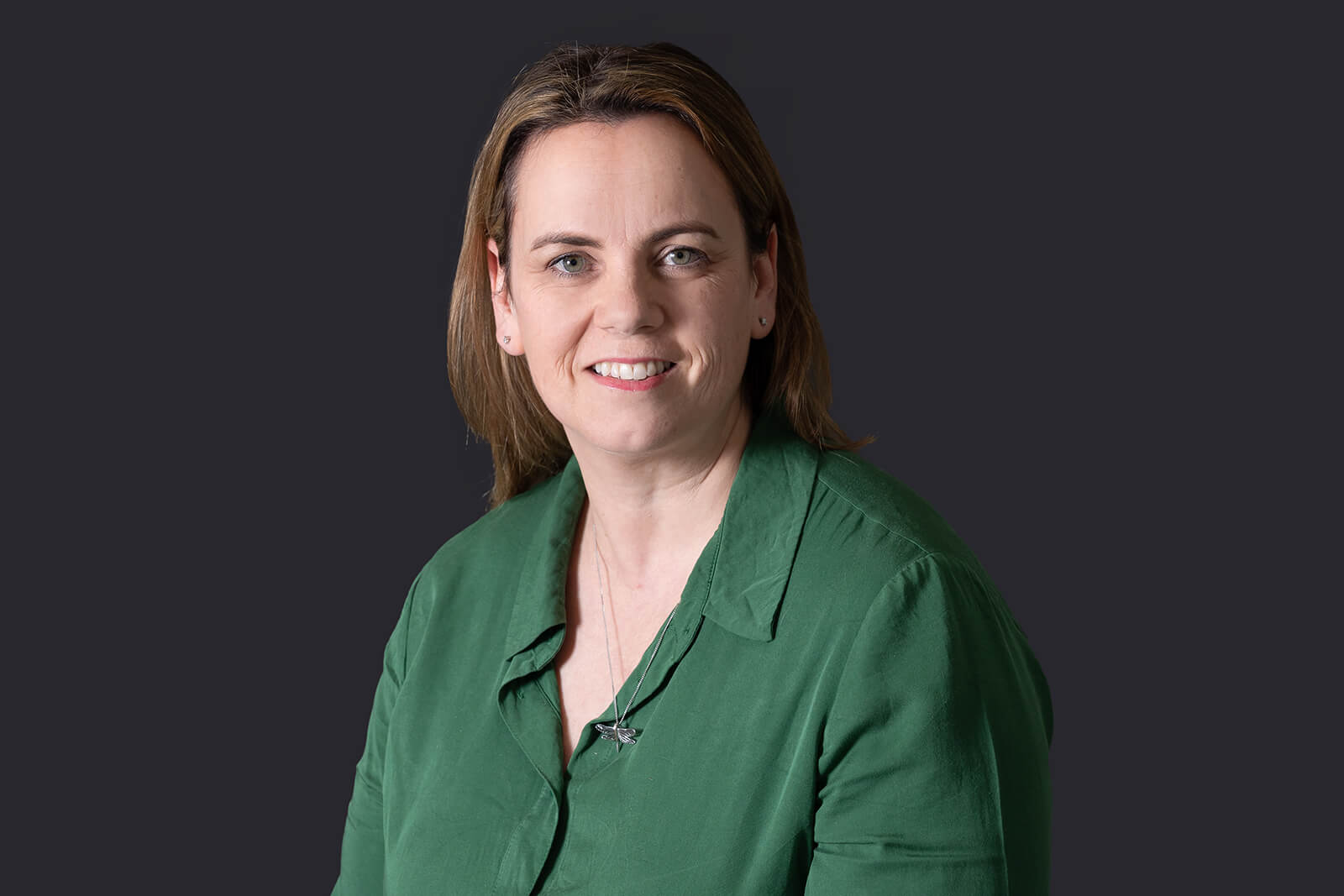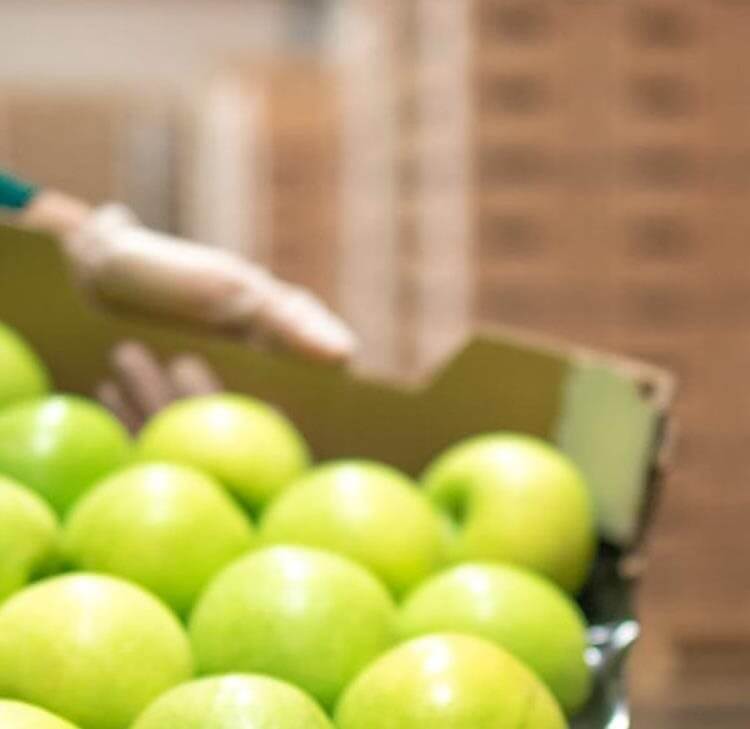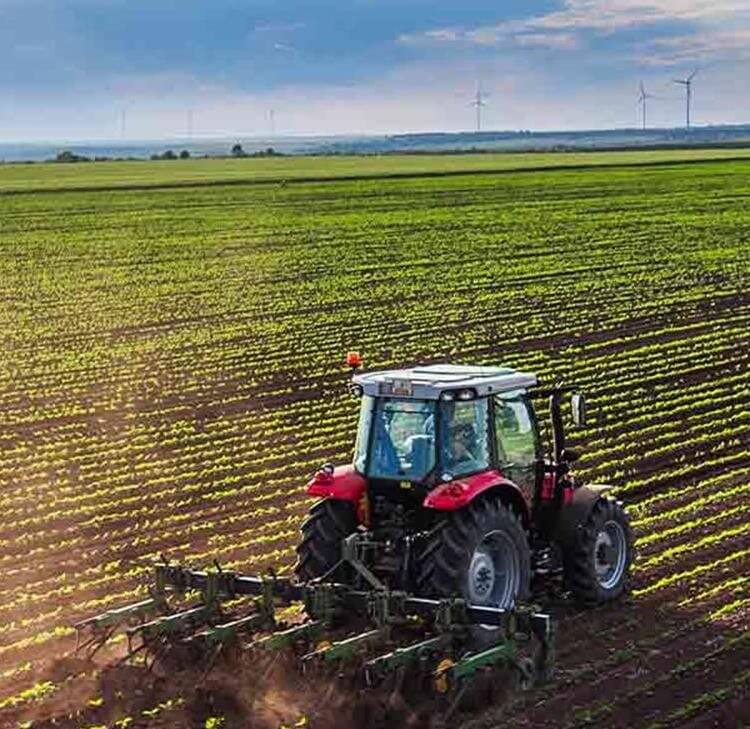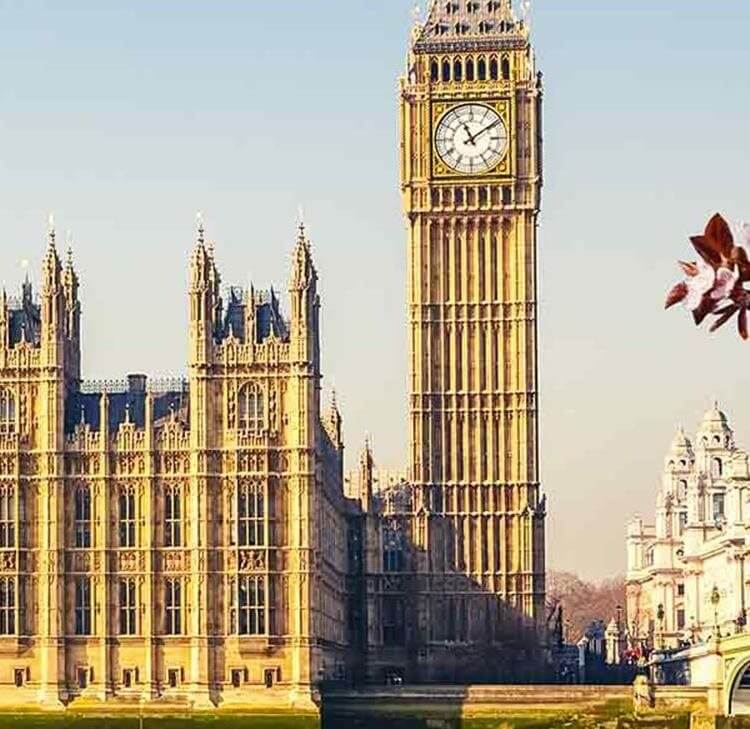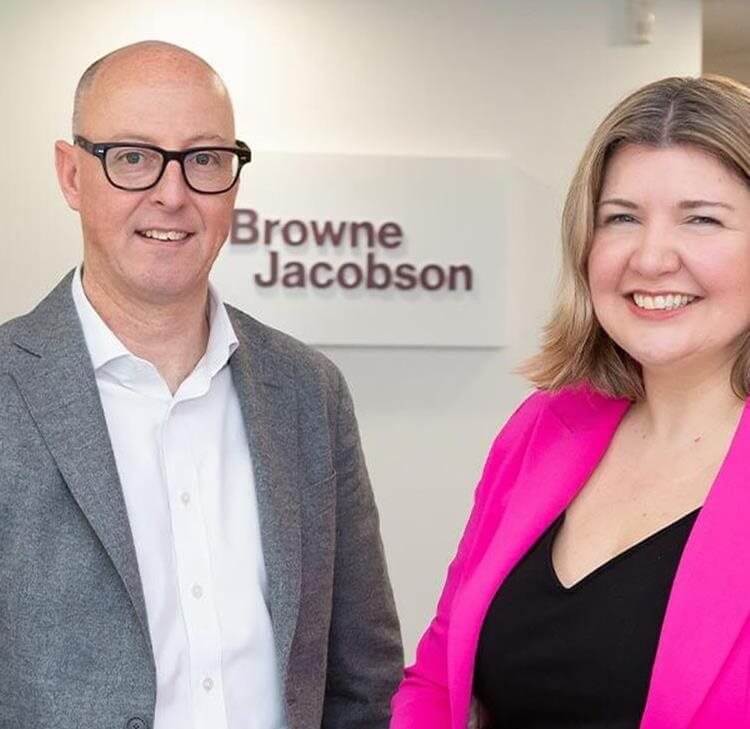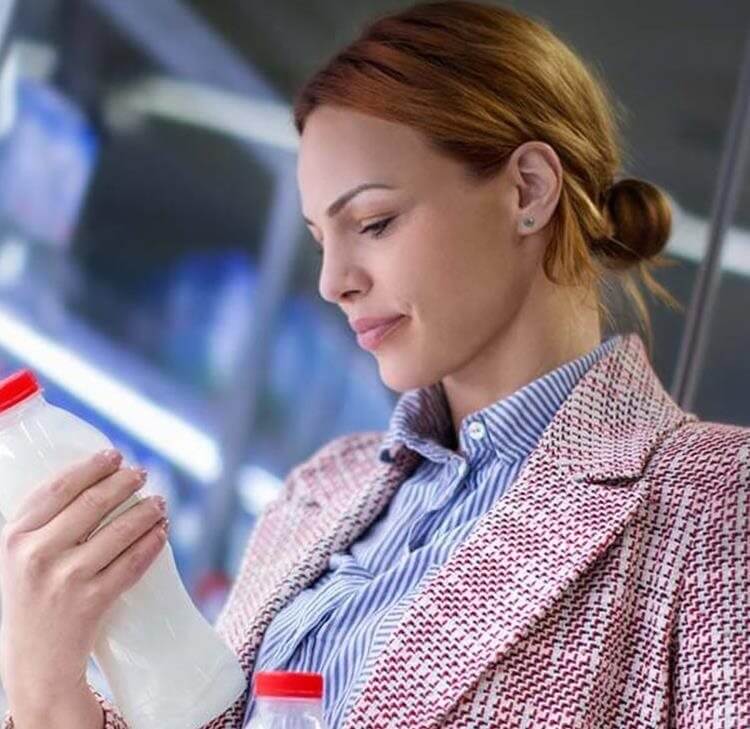In our November issue, we reported that the Government was conducting an open consultation on updating the labelling guidance for ‘no and low-alcohol’ alternatives. The consultation closed on the Thursday 23 November, and as a result of the consultation last year the Advertising Standards Agency (ASA) has updated its rules and guidance.
Why the need for change?
The advertising of alcohol-free drinks often resemble similar adds for alcoholic beverages and so to ensure these depictions do not promote irresponsible behaviour or confusion the Committee of Advertising Practice (CAP) and Broadcast Committee of Advertising Practice (BCAP) have rolled out new rules and guidance. These guidelines are here to ensure that alcohol alternatives are marketed in a way that is clear and does not accidentally promote alcohol.
The updated code and guidance for advertising alcohol alternative products is designed to ensure that the content of these ads is responsible and appropriate. The rules focus on how these products are presented in advertisements, emphasizing the need to avoid misleading claims about alcohol content or health benefits. They also guide the targeting and scheduling of ads to prevent them from appealing to underage audiences or encouraging excessive consumption.
What is new since the rules came into effect on the 14 May 2024…
- Alcohol alternatives defined - These are drinks with an ABV of 0.5% or less, positioned as substitutes for alcoholic beverages, suitable for occasions where alcohol is typically consumed.
- Mandatory ABV disclosure - All alcohol alternative products must state their ABV, even if it is 0.0%, to prevent any confusion for consumers.
- Cross-promotion and brand sharing - Ads must not unintentionally promote alcoholic beverages. If an alcohol-free product shares a brand with an alcoholic one, the ad should focus on promoting the non-alcoholic product without implying endorsement of the alcoholic version.
- Promoting safe use - It must be obvious that consumption is safe, such as in ‘drinking and driving’ scenarios, due to the absence of alcohol in the product.
- Pregnancy portrayals - Advertising should not suggest alcohol alternatives are safe during pregnancy unless they are truly non-alcoholic (0.0% ABV) and even then, the messaging must be cautious and clear.
- Appropriate targeting - Ads should not target or appeal to individuals under 18, avoiding any connection with youth culture or immature behaviour.
These guidelines aim to maintain the integrity of advertising while ensuring consumer safety and informed choices.
Where to find the new guidance…
Section 18 of the CAP Code and Section 19 of the BCAP Code is where you will find detailed information on the rules and guidance for the advertising of low and non-alcoholic beverages.



